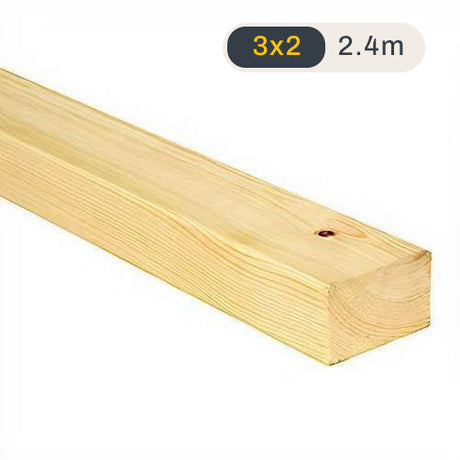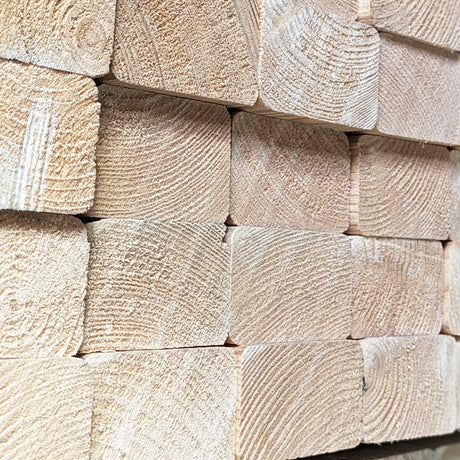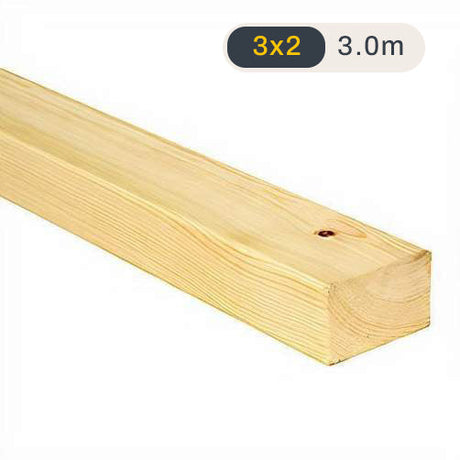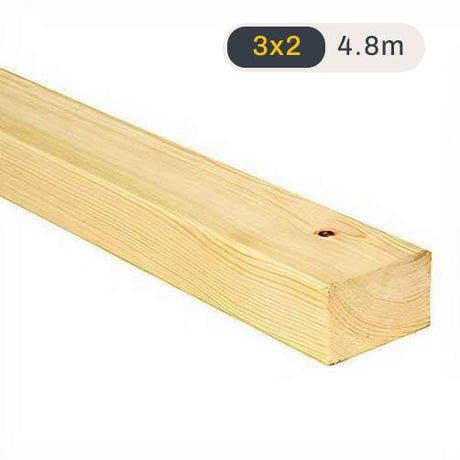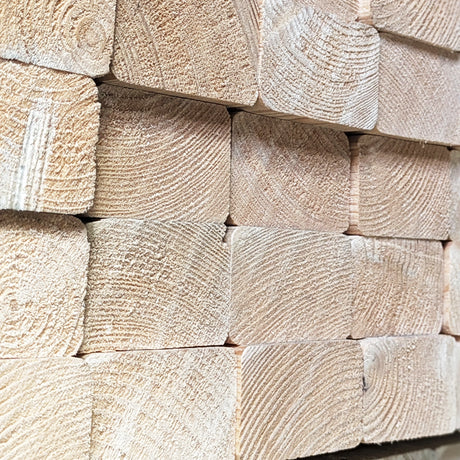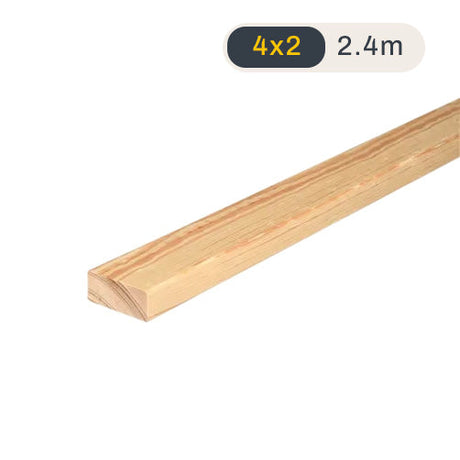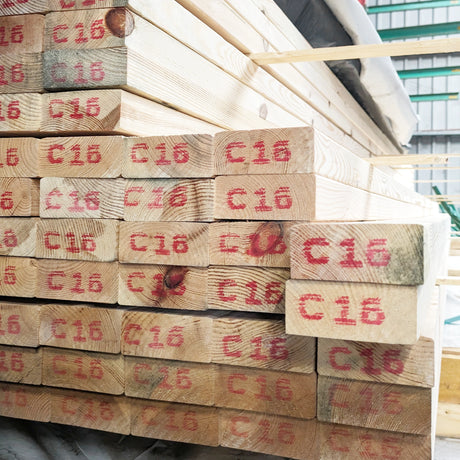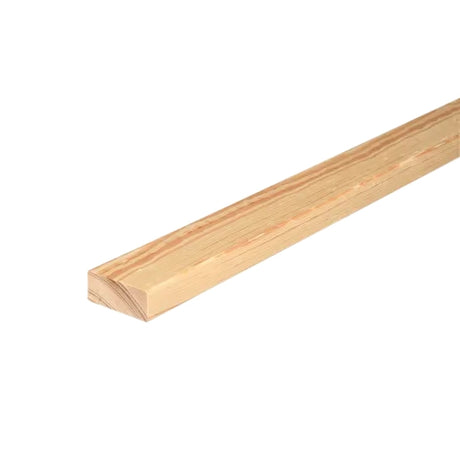What is CLS Timber Used For?
Ever wondered, what is CLS Timber and what do I use it for? C16 Timber is a versatile, structural timber commonly employed in constructing timber-framed homes, typically in stud walling, carcassing, interior framing, and partitioning. Its C16 grade ensures exceptional strength, making it well-suited for various interior construction uses. You will often see it used in creating partitions in new builds or conversions.
What Does CLS Stand For?
CLS stands for "Canadian Lumber Standard" as CLS Studwork Timber was initially sourced from Canada. Nowadays however, it's sourced from many places including in the UK - though the name remains, and is used to refer to this specific style and strength of timber, which has a smooth finish and uniform dimensions tht makes it a perfect timber for interior structural projects.
Kiln Dried Timber
Kiln-dried timber is wood that has been carefully dried in a controlled environment, typically a large oven or kiln. This process removes excess moisture from the wood, reducing its moisture content to a specific level suitable for various applications. Kiln drying helps to minimise the wood's susceptibility to warping, shrinking, and cracking, while also improving its strength and stability. The controlled drying process ensures that the wood reaches a uniform moisture content throughout, making it more predictable and consistent in its performance. Kiln-dried timber is often preferred for construction, furniture making, and woodworking projects where stability, strength, and dimensional accuracy are important factors.
What is Regularised Timber?
Regularised timber refers to timber that has been processed to achieve consistent dimensions and smooth surfaces. This processing typically involves trimming and planing the wood to standardised sizes and shapes, ensuring uniformity in thickness, width, and length. This often results in the timber being a few mm smaller in width and thickness than their "official" size, but is so minimal that it is likely to have no impact on the large majority of projects.
What Does C16 Stand For?
In the UK, timber is often graded based on it’s type of timber and it’s bend strength - The "C" represents the type of wood, which in this case is coniferous, and the "16" denotes its bend strength grading - assessed by the presence (or lack of) knots, imperfections and more. We also use C24 timber, which has a higher bend strength for even greater load-bearing projects.
C16 timber is commonly used in construction for framing and partitioning. It's characterised by its strength and suitability for moderate load-bearing applications. Builders and contractors often utilise C16 timber in projects where a robust yet reasonably priced timber option is required, such as in domestic construction for wall framing, roofing, and general structural support.

